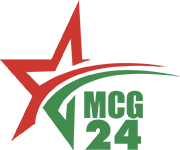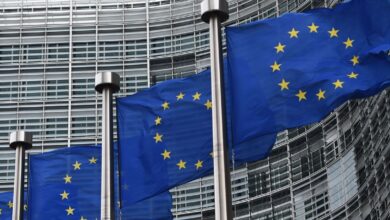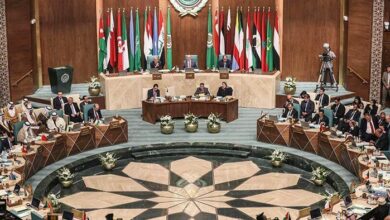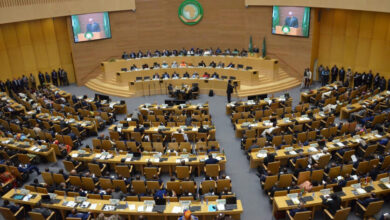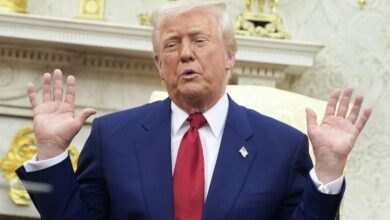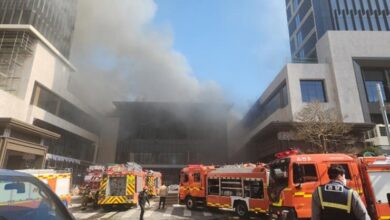Lecture Series by Mr. Andrei Radulescu
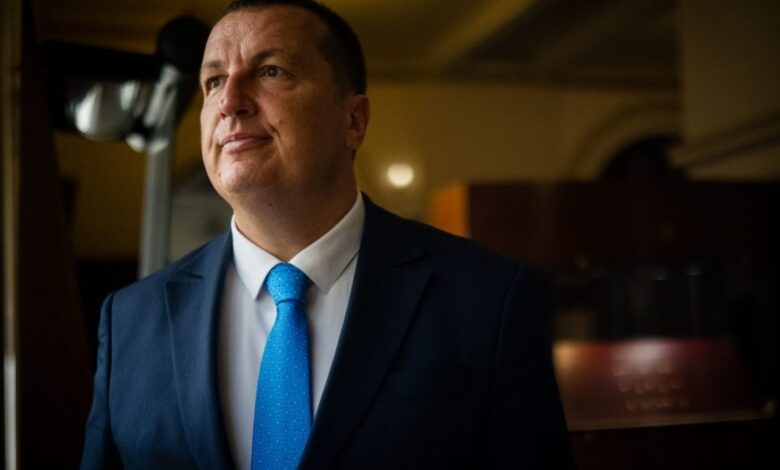
Jawad KERDOUDI
This cycle of conferences will focus not only on economic issues but also on political ones, given the very close links between politics and economics.
The first theme will address the global economy and its medium-term outlook, taking into account the risks posed by Donald Trump with the initiation of a widespread trade war.
The second theme will be an analysis of the three global powers: the United States, China, and the European Union, along with their strengths and weaknesses. The analysis reveals that Europe is at a disadvantage in the global race due to its incomplete economic integration. By the medium term (2030), the United States is expected to remain the world’s leading power, accounting for 23% of global GDP, followed by China at 20% and the Eurozone at 12%.
The third conference will be dedicated to the European Union and the challenges it must face: significant transformations due to competitiveness and convergence. It needs to establish a clear vision, enhance its unity, and strengthen political cohesion. Recent events related to the war in Ukraine compel it to implement an autonomous defense strategy separate from the United States, particularly concerning nuclear deterrence.
The fourth theme focuses on Sub-Saharan Africa, which, despite its significant natural resources, remains the least developed continent in the world, with a GDP of $2 trillion. The region faces several challenges: armed conflicts, insecurity, lack of energy access in certain countries, and high financing costs. It must carve its own path towards development, especially in infrastructure, taking inspiration from Asian countries that have successfully advanced their development. The rapid implementation of the African Continental Free Trade Area (AfCFTA) is essential, as it will contribute to increasing intra-African trade.
The fifth conference will address Morocco, which is described by the presenter as an emerging economy with high potential. However, its GDP ($150 billion) and growth rate (3%) are insufficient to combat unemployment and eradicate poverty. Over the past 20 years, Morocco has made significant investments (Tanger-Med, Nador, Dakhla, highways, high-speed rail) and undertaken structural reforms (industrial acceleration, energy transition, improvement of public enterprise management, social protection).
